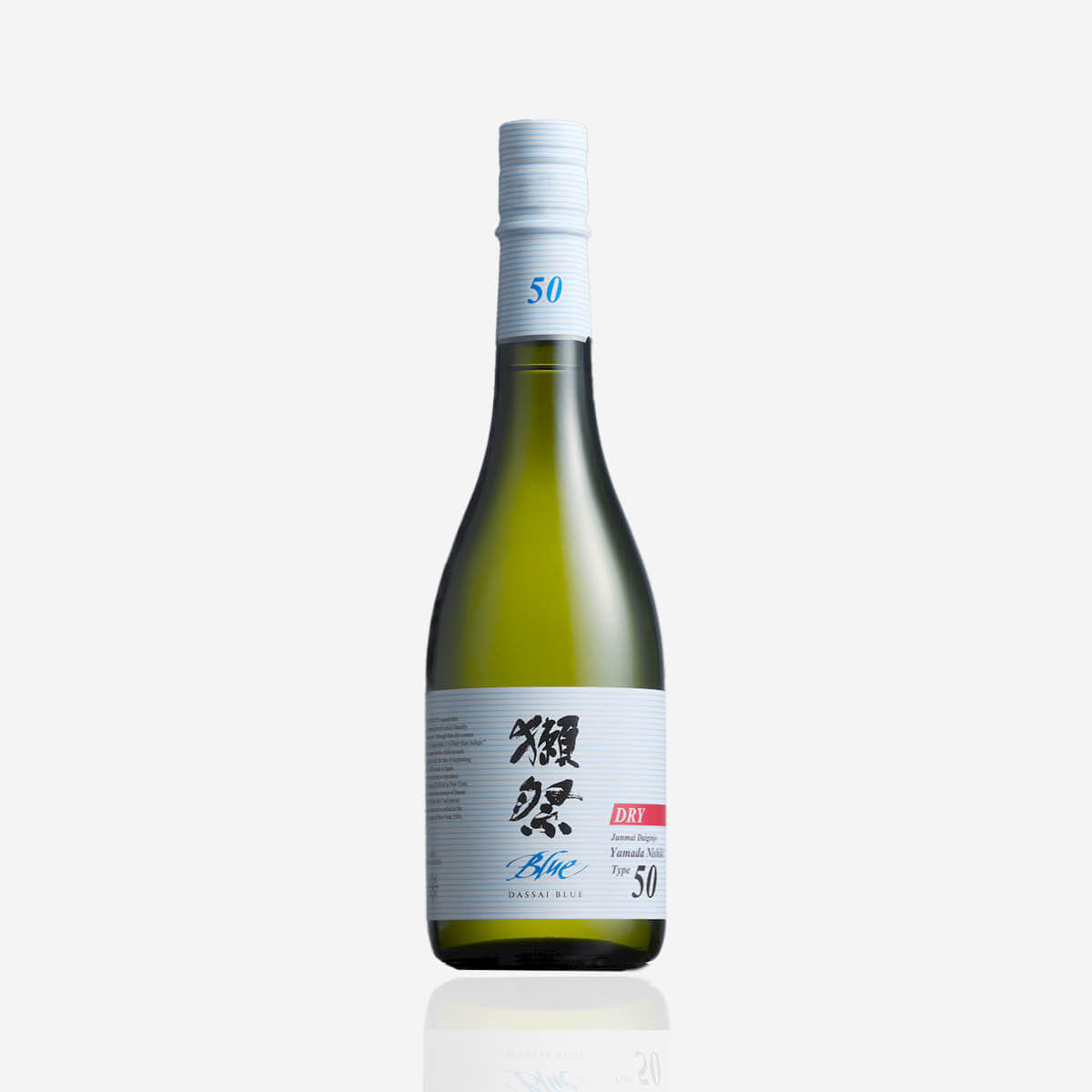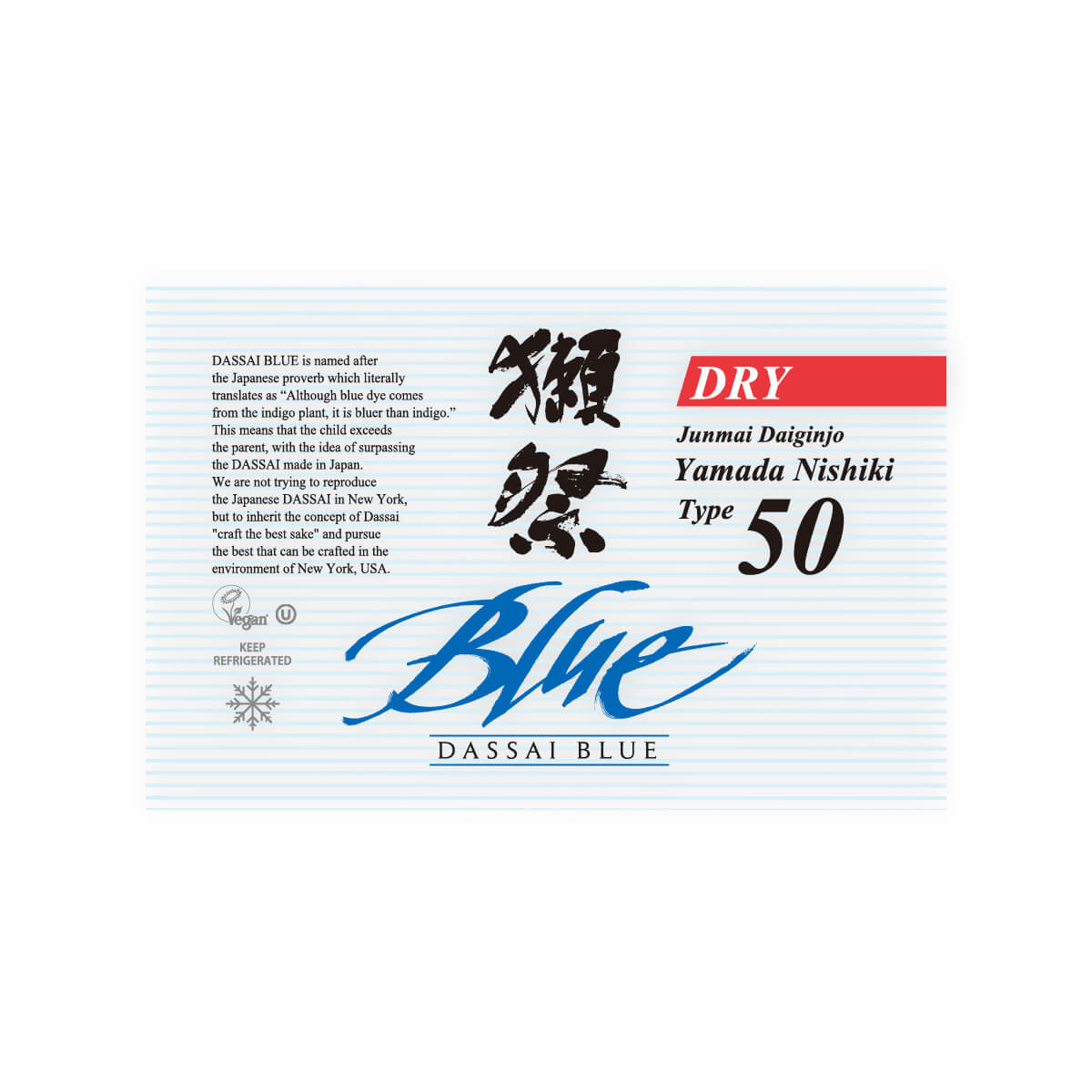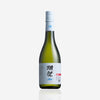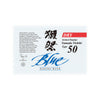Dassai Blue “50” Dry
Yamaguchi prefecture
Some like it dry
Dassai Blue Sake Brewery has crafted an alternative version of Dassai Blue “50” to give it a slightly drier impression. Like its progenitor, it balances the brightness of pineapple and lemon with sweet flavors of almond and caramel. But if you try them side by side, you’ll notice a difference in the tasting experience that is the result of an exceptional level of craftsmanship and attention to detail.
Characteristics
| Brand | DASSAI Blue |
| Brewery | DASSAI Inc. |
| Category | Junmai Daiginjo |
| Subcategory | N/A |
| Taste Profile | Light & Dry |
| Rice variety | Yamadanishiki (grown in Arkansas) |
| Yeast variety | Undisclosed |
| Alcohol | 14.0% |
| RPR | 50% |
| SMV | N/A |
| Acidity | N/A |
Serving Temperature

-
 Recommended
Recommended
-
 Not Recommended
Not Recommended
Region

DASSAI Blue is made in Yamaguchi prefecture in the Chugoku region.
Taste Metrics

Tasting Notes
-
Pineapple

-
Melon

Recommended Pairing
-
Aperitif

-
Seafood

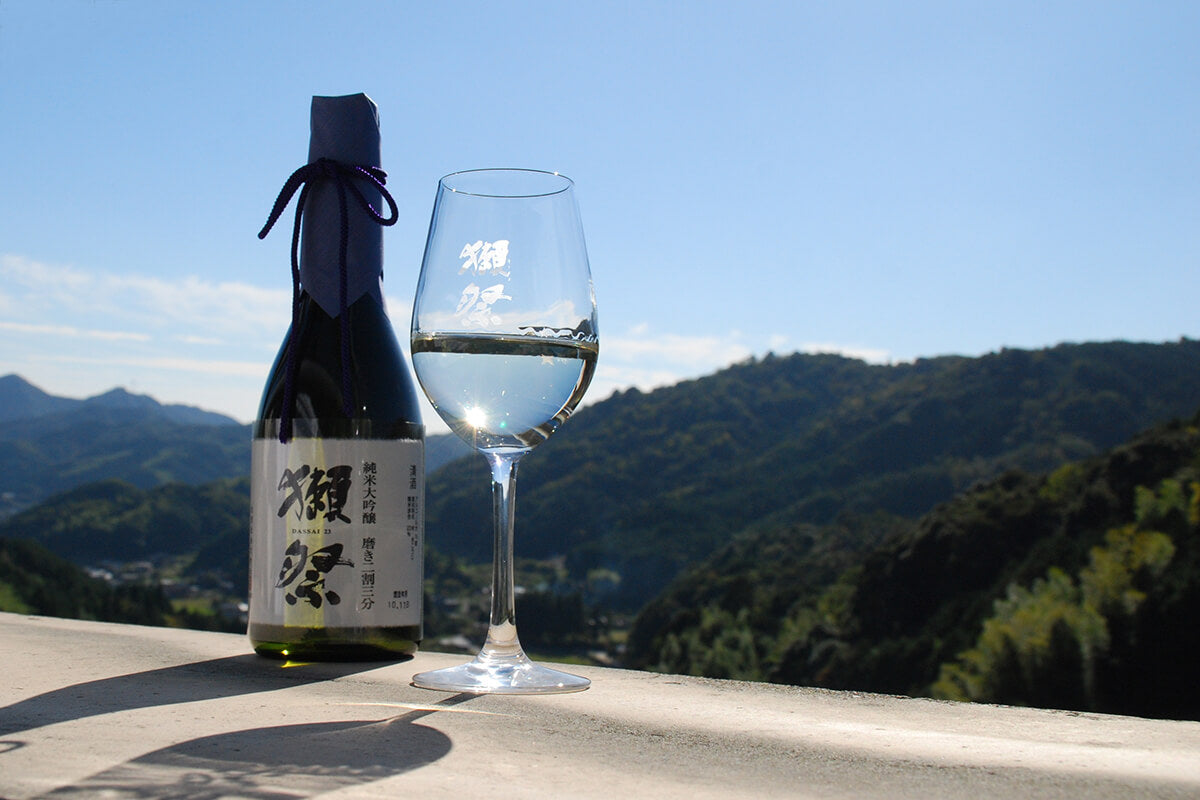
DASSAI Inc.
DASSAI Inc. the maker of DASSAI with a 300-year history, is known for constantly reinventing themselves to adapt to modern challenges. From the turn of the century, they have committed themselves to the premium junmai daiginjo category, leading the sake industry to worldwide recognition. Using the “king of sake rice,” Yamadanishiki, their sake exemplifies the modern, delicate, floral brew, to be enjoyed chilled in a wine glass. In 2023, they opened DASSAI Blue Sake Brewery in Hyde Park, New York, to produce their new DASSAI Blue brand, made from a unique combination of Japanese and American resources.
Learn more

Customer reviews
Tippsy Sake Club
Our sommelier will recommend sake according to your taste when you join Tippsy Sake Club. Also enjoy:
- Members-only prices
- Discounted shipping
- An exclusive sake cup with your first club order
- and more!
All about sake
-
 Introduction
Introduction
Welcome To Your Sake Journey!
-
 Lesson 1
Lesson 1
What Is Sake?
-
 Lesson 2
Lesson 2
What Is Sake Made of and How Is It Made?
-
 Lesson 3
Lesson 3
What Is Rice Polishing Ratio?
-
 Lesson 4
Lesson 4
Types of Sake
-
 Lesson 5
Lesson 5
How To Store Sake
-
 Lesson 6
Lesson 6
How To Drink and Serve Sake
-
 Lesson 7
Lesson 7
Food Pairing Guide
-
 Lesson 8
Lesson 8
Best Sake Bottles and Brands for Beginners

